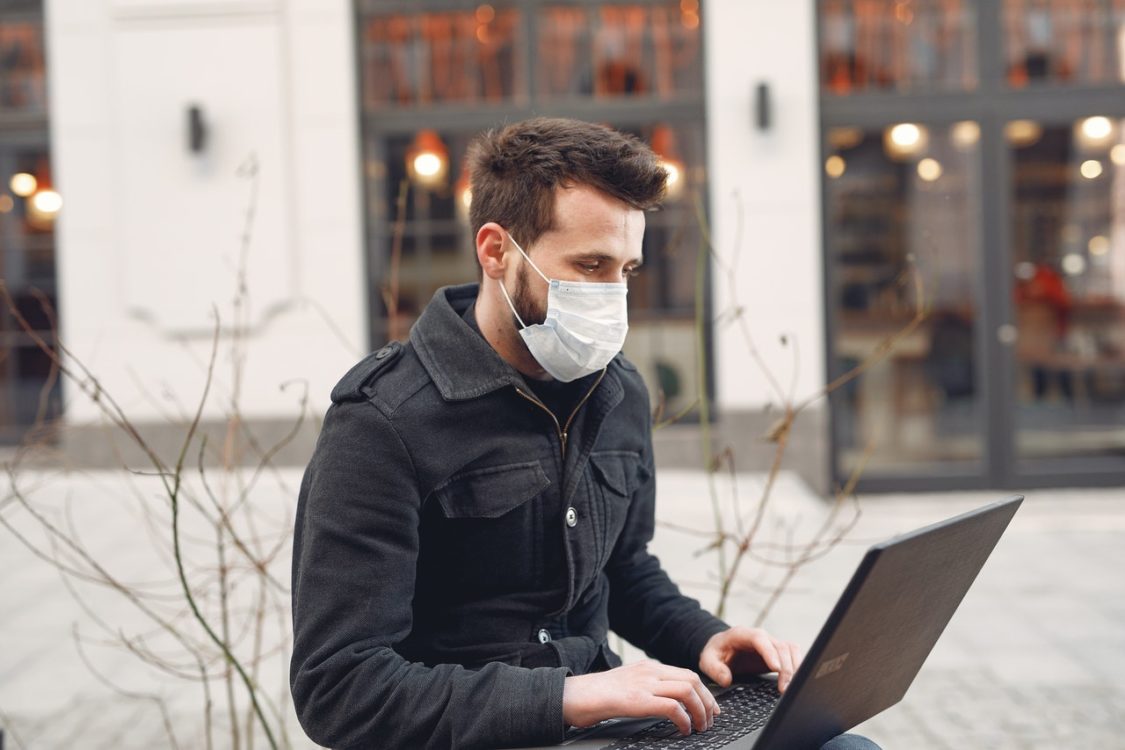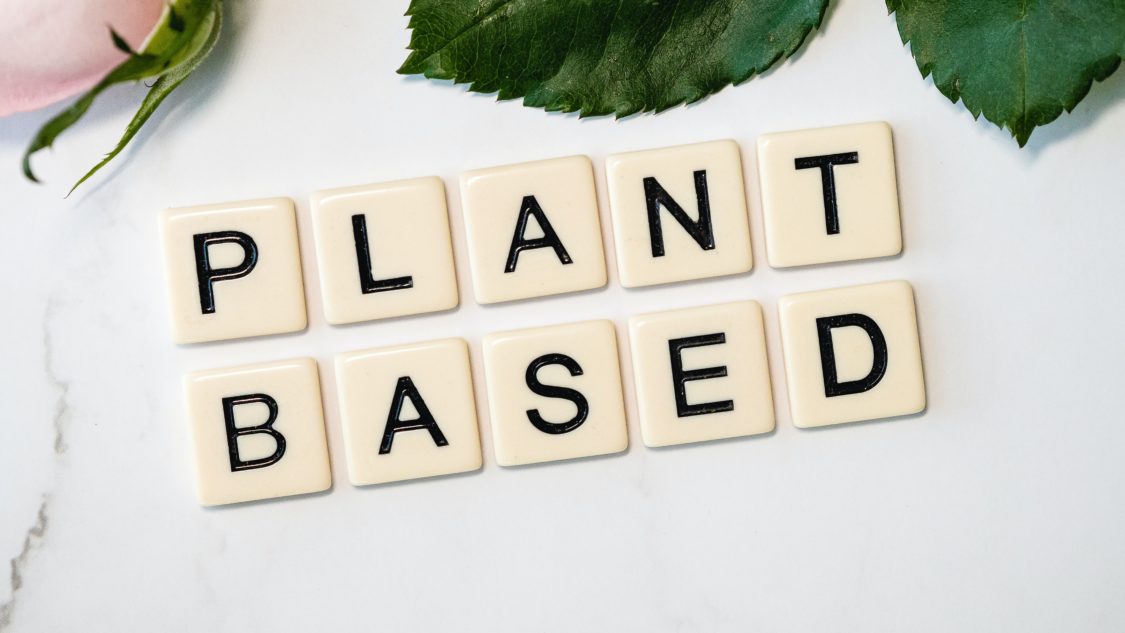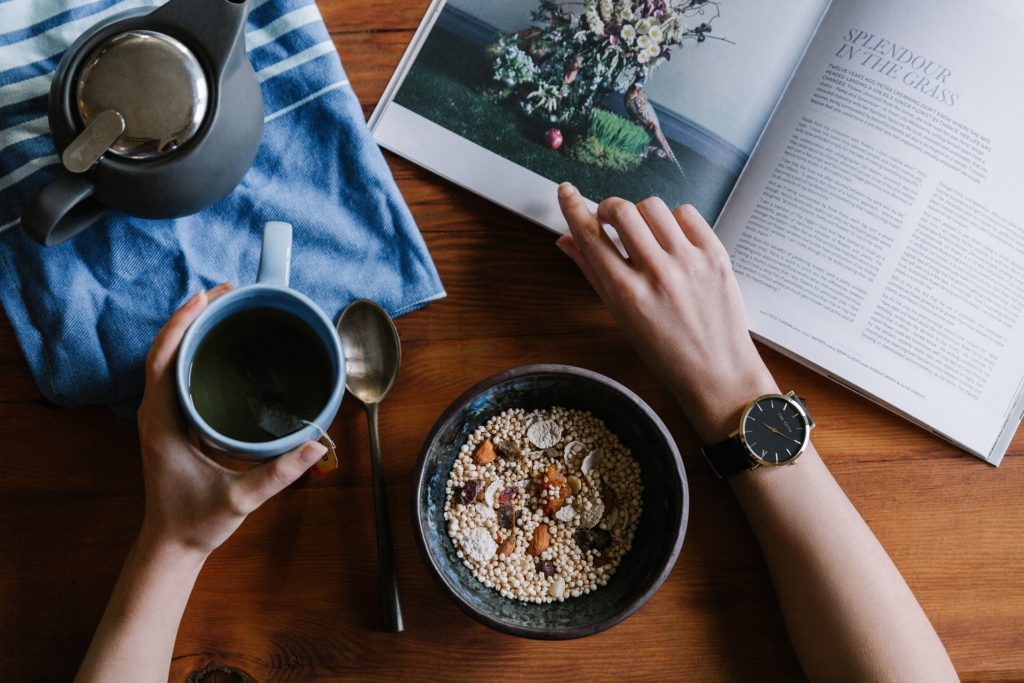There aren’t many people in entertainment who’ve achieved the same amount of ubiquity as Ryan Seacrest. The radio and television host is known as one of the hardest working people in show business and its more than apparent from his news segments on his various different shows. This news, which often shares some of the juiciest tidbits from the lives of celebrities, has helped the host become known by many as the prototypical Hollywood insider.
That vaunted status wasn’t always the case, however. Like most, the radio and television host had to work his way up from a much more humble position. In fact, he started his life as a kid with big dreams who was living modestly in the state of Georgia. Those dreams, however, helped showcase that he might be destined for bigger things. His parents have recounted in the past how, even as a young child, he would walk around the house with a toy microphone in his hand performing for anyone who would give him a listen. Those performances soon took on a more structured tone as he would put on full “broadcasts” for his family in his living room for hours at a time.
Given that background, it’s perhaps unsurprising that the young Seacrest eventually landed an internship at a popular Atlanta radio station. At the station, he learned the finer points of broadcast radio behind seasoned on-air veterans and a team of highly-skilled production professionals. When a DJ called in sick one evening, the opportunity to fill in went to the young star in waiting. He took to the broadcast boost with gusto and not only impressed listeners and his coworkers alike, he also earned himself a regular overnight weekend spot to continue to ply his trade.
That work eventually gave him the confidence to move to Los Angeles to seek a higher-profile role in radio and television. After putting in his time bouncing from opportunity to opportunity, he finally caught his big break when he was cast as the host of American Idol. The rest, as they say, is history. He’s since blown up into one of the biggest names in both radio and television and hosts a number of long-running shows.
This success gives him a platform to connect with fans over their favorite names in entertainment and helps him realize his childhood dreams of entertaining millions of people. To better see how he accomplishes that on a daily basis, let’s take a look at some of the information he’s been sharing of late through interviews and news broadcasts.
Read More of Our Ryan Seacrest Articles on TheDishh
New quarantine questions
One of the fixtures of broadcasts by Ryan Seacrest of late has been news about quarantine. Of course, the topic is hard to avoid since the global pandemic has had such a real and sustained impact on the lives of many people. The topic is also always visible through the radio host’s broadcasts since he’s been conducting his work from his home since stay at home recommendations went into effect. As such, it has become a regular part of the host’s ongoing conversations with both his cohosts and guests on the show.
One aspect of these conversations has centered around the immediate future and how society may adapt to these temporary new norms. One topic that recently came up that’s relevant to the host’s industry is that of award shows. With the VMAs having just aired, it has spurred a deeper look into how other shows may cope with the need to avoid large gatherings of people. The VMA approach, to go virtual, seems likely to be the way most other shows will handle the question as award season kicks into gear.
Another interesting aspect of how the VMAs have handled recent developments is the spotlight the award show has placed on quarantine-specific accomplishments. While the show continued with its more traditional awards, such as Artist of the Year, it also added multiple awards that touched on how artists have handled their time in quarantine. These awards included Best Music Video From Home and Best Quarantine Performance.
Effect on the Oscars
These awards have sparked conversations about how other shows might incorporate aspects of quarantine into their own recognitions. The Oscars have been a particular point of focus in this regard. Likely to also follow a virtual broadcast format, the storied award ceremony may be breaking with tradition in at least one other key way. All indications point to the fact that this will be the first year that a film may be able to skip a theatrical release entirely and still be eligible for an award.
The rule change is likely to only be in place for this year and will only apply to films that previously had planned for a theatrical release. Still, the change marks a historic first for the award show and has provoked talk of how it might affect the future of the show. Some industry professionals have begun to wonder if films that have been released only to streaming platforms might well deserve to be considered amongst others who have had a traditional theatrical release. Depending on how the show goes, there may be changes in store for one of the biggest awards in show business.
Hawaii considering new measures
Of course, the effects of the global pandemic have extended far beyond the confines of the entertainment industry. One way this has manifested is through each state’s individual response to handling those who pass through its borders. For most states, these considerations come from people entering not only via air travel but also along highways and other forms of ground transportation. However, Hawaii is in the somewhat unique position of being accessible primarily by air travel and also being a traditional hotspot of travelers coming and going.
These two facts have put the state in a tough spot when it comes to its pandemic precautions. On one hand, the state has a built-in method of tracking people who come and go through its borders by tracking air travel. This has allowed the state to implement strict procedures for those who enter from outside its borders.
This was discussed recently by Ryan Seacrest and his cohosts on his radio show. One of his cohosts noted that, up until now, Hawaii has had a policy of requiring travelers to quarantine for 14 days in their hotel room before being allowed to move about the state. The cohost recounted that this has meant that some hotels have even gone so far as to make room keys deactivate should a guest leave their room.
Obviously, these restrictions have been tough to maintain and have put a severe dent in the tourism industry that typically plays a large role in the state’s economy. So, state officials are now considering a new method to allow travelers to enter the islands but still maintain a focus on public safety.
This has spawned the development of a new method for addressing tourism known as a “resort bubble”. Kauai Mayor Derek Kawakami spoke on this idea during a recent news briefing. ”At a certain point, we need to learn to co-exist with this virus and the EMQ or ‘resort bubble’ is just one step in the staged approach for a broader opening of travel,” said Kawakami.
The resort bubble concept would allow visitors to pass their 14-day quarantine period in a larger space than just a hotel room. It would instead give guests free rein to roam about the grounds of a resort, allowing them to spend time outside and enjoy the scenery as long as they do not leave the resort’s boundaries. To participate in the program, visitors would have to consent to electronic monitoring of their whereabouts along with tracking of key health data. The idea is still in the conceptual phase, with no word yet on if or when it will be implemented, but it goes to show how seemingly all areas of life have been affected by the emergence of this pandemic.
Restaurant tips
One more piece of quarantine news is worth discussing before moving onto other topics since it recently came up on the radio host’s show and touches on an issue of public safety — eating at restaurants. Ryan Seacrest and his cohosts discussed the topic to give listeners some indication of how safe eating establishments are these days. The answer? According to health officials, still not completely safe.
As recounted by the radio host, it appears that many health officials are noting that, while steps to make outdoor dining safer have come a long way, it’s still a risk to dine at an establishment, even if you’re outside. The host noted how those officials have passed on information that particles of the coronavirus can remain in the air for up to 30 minutes after an infected individual has been in the vicinity.
That means that official recommendations are to still rely on take-out if you’re in a high-risk group — those over 65 or those with a preexisting medical condition. While this can be disappointing news for individuals who are anxious to move past quarantine restrictions, the recommendations are being made with public health in mind.
Live with Kelly and Ryan Returns
While much of life remains strangely at odds with normalcy during these trying times, there are plans for the reemergence of one familiar sight from pre-Covid life. Live with Kelly and Ryan is returning for its 33rd season, and it looks like the season will be filmed live in-studio. Set to premiere on September 7th, the show’s first episode will be a celebratory cookout in recognition of labor day.
The reemergence of Kelly Ripa and Ryan Seacrest in a studio will be a welcome sight for many, as the show’s previous season had been filming from quarantine for months. Ripa had been filming from her quarantine in the Caribbean with her family while Seacrest has been broadcasting from his home in Los Angeles. Now the two will be reunited in person and are excited to be hosting a slew of new guests on their show and taking a small step towards getting us back to our lives as they were before the pandemic.
Perry and Bloom announce baby
Speaking of getting back to a bit of normalcy, there’s arguably no better way to remind us that there’s a world outside our little bubble than to hear about the addition of a new baby into it. Such was the case when Katy Perry and Orlando Bloom recently announced the birth of their first child — Daisy Dove Bloom. The radio host’s website recently shared the news which was made through a social media posting by Unicef.
The choice of social media outlet helps to shine some light on a good cause amidst the joy of the moment. As Goodwill Ambassadors for the charity, the choice was apropos. Along with an artful black and white photo of the newborn holding hands with her parents, the post included some touching words to help bring some social impact along with the occasion.
“Not everyone can have a birthing experience as peaceful as ours was,” read the words of the couple via the post. “Communities around the world are still experiencing a shortage of healthcare workers and every eleven seconds a pregnant woman or newborn dies, mostly from preventable causes. Since COVID-19 many more newborn lives are at risk because of the increased lack of access to water, soap, vaccines, and medicines that prevent diseases. As parents to a newborn, this breaks our hearts, as we empathize with struggling parents now more than ever.”
The couple went on to provide followers with an opportunity to donate to the organization to help address the shortfall in access to adequate healthcare for pregnant women and children.
“As UNICEF Goodwill Ambassadors, we know UNICEF is there, on the ground, doing whatever it takes to make sure every expecting mother has access to a trained health worker and access to quality healthcare. In celebration of the heart we know our daughter already has, we have set up a donation page to celebrate DDB’s arrival. By supporting them, you are supporting a safe start to life and reimagining a healthier world for every child. We hope your ♥️ can bloom with generosity.”
Here’s a link to the campaign, for those interested in donating.
Zac Efron Down to Earth
In another bit of news focused on entertainment professionals making a difference in the world, Ryan Seacrest recently took to time to discuss Zac Efron’s new documentary series — Down to Earth. The topic came up on the show when his cohost tried to educate the radio host on the star’s newest endeavor.
During the discussion, Seacrest’s cohost relayed how the show follows Efron’s worldwide travels in search of healthy and sustainable ways to live. Over the course of the show, he talks with environmental experts, culinary artists, and a variety of other professionals who are deeply connected to the planet and the future of humanity.
While the radio host was initially skeptical about the High School Musical star taking the new career turn, he was eventually intrigued. That sentiment has been shared by critics across the world who have had much to say about the new show. With the series’ propensity for taking the viewer to new and exotic places, there’s a certain joy to be found in sharing the journey with its host, according to many. That the project is undertaken with a focus on conservation and finding innovative approaches to safeguarding the planet is just one more aspect that makes it an enticing watch.
The show is available to stream on Netflix and is fast becoming a welcome distraction for viewers seeking a way to escape the monotony of life inside.
Cardi B talks about her shyness
One last topic of note helps to showcase the manner in which Ryan Seacrest is able to connect with stars and share their humanity with fans. In this case, the host was talking with musical artist Cardi B about her tendency towards being shy. The conversation came about as she was discussing her experience meeting Megan Three Stallion, the collaborator on her new hit, WAP.
“Our stylists linked us up,” the musical artist recounted. “They were like, ‘You guys got to get together… You girls got to link up.’ And I was like ‘I know. You know I’m shy.’ And he was like, ‘You’ve got to get off that box and people need to get to know you.’ … And that’s exactly what we did. We linked up and we had a good time. … And then we started sending records to each other and she got on it and I was like, ‘Oh, man!’ … From there on we just worked hand-in-hand.”
That work eventually blossomed into a full-scale collaboration between the two artists. WAP debuted at #1 on the Billboard Hot 100 earlier this month and has already made a notable impact on the charts. The two artists enter the history books as the first female rap duo to debut at the top spot. It’s a formidable accomplishment made all the more human by the shy first meeting shared by the two artists.














